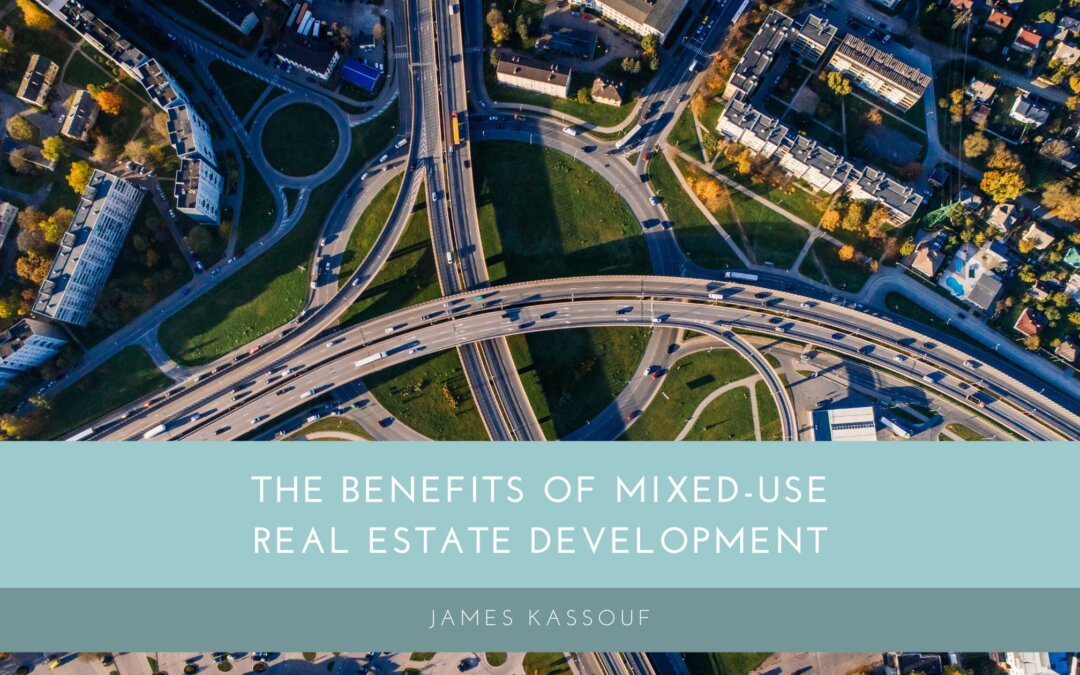Mixed-use real estate development, which merges residential, commercial, cultural, institutional, or entertainment uses into a single entity, has gained significant traction over the years. The unique blend fosters a dynamic environment where different activities coalesce, promoting a vibrant urban lifestyle. This type of development reshapes our neighborhoods and has profound economic, social, and environmental impacts.
Multiuse development is not a novel concept; its roots can be traced back to ancient cities where different urban functions coexisted nearby. However, in modern times, especially during the 20th century, zoning laws favored separating residential, commercial, and other uses, leading to urban sprawl. The resurgence is a response to the inefficiencies and the social isolation engendered by such division. The aim is to create self-sustaining communities where residents can live, work, and play in close quarters, reducing commuting and enhancing social interactions.
Economic Viability
One of the prime advantages is its economic viability. By diversifying the use of space, developers can tap into multiple revenue streams, ensuring a steady income even in fluctuating market conditions. For instance, if the retail sector is experiencing a downturn, revenues from residential or office spaces can compensate for the losses.
Moreover, combination developments tend to attract many tenants, reducing vacancy rates. The proximity to essential services and workspaces is particularly appealing to urban dwellers. Furthermore, these projects foster local entrepreneurship and economic development by offering space for local businesses and startups, creating a symbiotic ecosystem where businesses and residents thrive.
Additionally, property values in mixed-use projects often appreciate over time, making them a lucrative investment for developers and property owners. The cumulative economic benefits indicate substantial potential for urban economies.
Enhanced Community Living
Mixed-use developments are synonymous with enriched community living. By design, they promote interaction among residents, business owners, and visitors, engendering a strong sense of community. The blend of residential, commercial, and recreational spaces creates a lively atmosphere where individuals can forge meaningful relationships.
Moreover, the proximity of amenities significantly contributes to a high-quality urban lifestyle. Retail stores, restaurants, gyms, and offices within walking distance add convenience and promote a healthier lifestyle by encouraging walking and reducing vehicle dependency.
Furthermore, abundant communal spaces, green areas, and cultural venues often make the neighborhood more enjoyable and foster a strong community spirit. They become focal points in a city, where people come together to live, work, and socialize, making urban living more pleasant and fulfilling.
Eco-Friendliness
Embracing blended development is a stride towards sustainable urban living. One of the notable environmental benefits is the reduction in vehicular traffic and, consequently, lower greenhouse gas emissions. With residences, offices, and amenities nearby, the need for daily commuting is significantly reduced, contributing to cleaner air.
Additionally, mixed-use developments often incorporate green building standards, utilizing eco-friendly materials and energy-efficient systems, which minimize the environmental footprint. Integrating green spaces is also pivotal in enhancing urban biodiversity and providing a natural respite amidst the concrete jungle.
Furthermore, efficient land use is a remedy for rampant urban sprawl. Advocating for higher-density living and optimizing land use sets a precedent for environmentally conscious urban planning and real estate development.
Multipurpose real estate development is an avenue to reinvigorate urban landscapes by melding various facets of modern life into cohesive, self-sustained communities. The substantial economic benefits provide a stable financial framework for developers and local entrepreneurs. The enhanced community living aspect cultivates a social fabric integral to the well-being and satisfaction of urban dwellers. Lastly, the environmentally friendly ethos paves the way for sustainable urbanization, addressing some of the pressing ecological concerns of our times.

